Industrial machinery plays a crucial role in the manufacturing and production processes of various industries. However, like any complex system, these machines can experience issues and breakdowns that can disrupt operations and lead to costly downtime. Troubleshooting industrial machinery issues requires a systematic approach to identify and resolve problems effectively. In this comprehensive guide, we will take you through a step-by-step process to troubleshoot common problems encountered in industrial machinery, providing you with the knowledge and skills to keep your operations running smoothly.
İçindekiler Tablosu
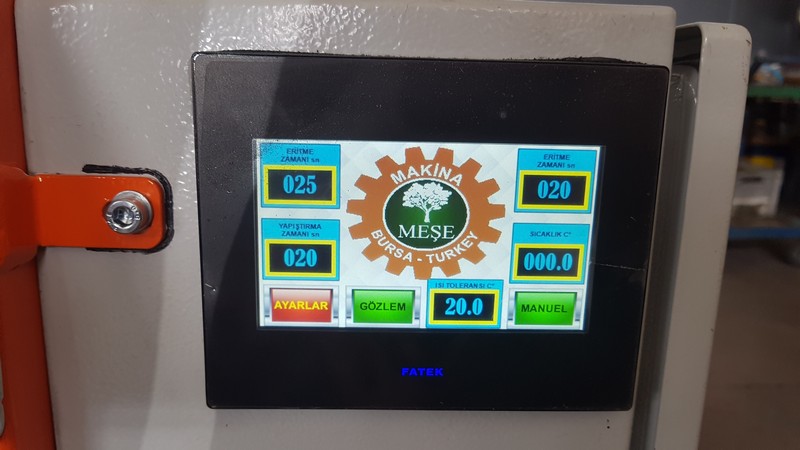
Understanding the Importance of Troubleshooting Industrial Machinery Issues
Proper troubleshooting of industrial machinery issues is essential for maintaining efficient and uninterrupted operations. By promptly identifying and resolving problems, you can minimize downtime, reduce repair costs, and ensure the safety of your employees. Troubleshooting also helps prevent catastrophic failures that can result in significant losses for your business. A systematic approach is crucial for effective troubleshooting, as it allows you to methodically analyze each component and system of the machinery.
Step 1: Gather Information and Define the Problem
To begin the troubleshooting process, it is crucial to gather as much information as possible about the issue at hand. This includes understanding the symptoms, when and how they occur, and any recent changes or events that may have triggered the problem. Define the problem clearly by asking questions such as:
- What specific issues are you experiencing with the industrial machinery?
- When did the problem first occur, and has it been ongoing or intermittent?
- Are there any error messages or warning signs displayed on the machinery?
- Have there been any recent changes to the machinery, such as modifications or upgrades?
- What are the potential consequences of the problem on your operations?
By collecting comprehensive information, you can narrow down the possible causes and expedite the troubleshooting process.
Step 2: Perform a Visual Inspection
A visual inspection is an essential initial step in troubleshooting industrial machinery issues. Carefully examine the machinery for any visible signs of damage, wear, or anomalies. Look for loose or disconnected components, leaks, broken wires, or burnt-out fuses. Pay attention to unusual sounds, vibrations, or odors that could indicate a problem. Additionally, inspect safety features, guards, and interlocks to ensure they are functioning correctly. Visual inspection provides valuable clues that can help identify potential issues.
Step 3: Check for Loose Connections and Faulty Wiring
Loose connections and faulty wiring are common culprits behind machinery malfunctions. Inspect all electrical connections, terminals, and cables to ensure they are securely fastened and free from damage. Tighten any loose connections and replace damaged wires or connectors. Faulty wiring can cause intermittent issues or even lead to electrical hazards, so thorough inspection and maintenance of electrical components are crucial.
Step 4: Review the Machine’s Documentation
Consulting the machine’s documentation, including manuals, schematics, and maintenance records, can provide valuable insights into its operation and troubleshooting procedures. Refer to the manufacturer’s guidelines and recommended maintenance practices. These documents often contain troubleshooting flowcharts and checklists specific to your machinery, aiding in the identification of potential causes and solutions for the problems you are facing.
Step 5: Use Diagnostic Tools and Equipment
Diagnostic tools and equipment play a vital role in troubleshooting industrial machinery issues. These tools can help pinpoint the root cause of the problem by providing real-time data, measurements, and diagnostic codes. Utilize multimeters, oscilloscopes, thermal imaging cameras, and other appropriate diagnostic instruments to assess the performance and condition of various components. Diagnostic software can also provide valuable insights into the machinery’s performance and potential faults.
Step 6: Identify and Troubleshoot Mechanical Issues
Mechanical issues can significantly impact the performance of industrial machinery. Carefully examine mechanical components such as belts, gears, bearings, and shafts for signs of wear, misalignment, or damage. Use precision measuring tools to check tolerances and alignments. Lubrication levels and quality should also be inspected regularly. Proper maintenance and timely repairs of mechanical issues are essential for ensuring the smooth operation of your machinery.
Step 7: Examine Electrical Components
Industrial machinery relies heavily on electrical systems, and problems in this area can have severe consequences. Inspect electrical components such as motors, relays, switches, and circuit breakers for signs of damage or malfunction. Measure voltage, current, and resistance to identify any abnormalities. If necessary, perform insulation resistance tests and megger tests to assess the integrity of electrical insulation. Addressing electrical issues promptly is crucial to prevent equipment damage and ensure electrical safety.
Step 8: Inspect Fluid Systems
Fluid systems, including hydraulic, pneumatic, and lubrication systems, play a critical role in the operation of industrial machinery. Conduct a thorough inspection of fluid reservoirs, hoses, pumps, valves, and filters. Look for leaks, contamination, blockages, or inadequate fluid levels. Monitor fluid pressure and temperature to ensure they are within the specified range. Regular maintenance and troubleshooting of fluid systems can prevent equipment failures and optimize performance.
Step 9: Test and Calibrate Sensors
Sensors are essential components of industrial machinery, providing valuable feedback and control signals. Test and calibrate sensors to ensure their accuracy and proper functioning. Use appropriate tools and techniques to simulate sensor inputs and verify if the machinery responds correctly. Faulty or misaligned sensors can cause erroneous readings, leading to malfunctions or improper operation of the machinery.
Step 10: Analyze Control Systems
Control systems are the brain of industrial machinery, regulating its operation and ensuring proper coordination between different components. Analyze control system parameters, such as setpoints, control algorithms, and feedback signals. Use diagnostic software or programmable logic controllers (PLCs) to monitor and analyze system inputs and outputs. Check for programming errors, parameter deviations, or control loop instabilities that could affect the machinery’s performance.
Step 11: Check for Software or Programming Errors
Modern industrial machinery often relies on sophisticated software and programming to control its operation. Review the machinery’s software and programming code for any errors or glitches. Ensure that the software is up to date and compatible with the hardware components. Use debugging tools and techniques to identify and fix software-related issues. Software updates and patches may also be necessary to resolve known bugs or vulnerabilities.
Step 12: Evaluate Safety Systems
Safety systems are of utmost importance in industrial machinery, protecting operators and preventing accidents. Evaluate the machinery’s safety features, including emergency stops, interlocks, guards, and safety sensors. Ensure that these systems are functioning correctly and meet the necessary safety standards. Conduct periodic safety inspections and tests to verify their effectiveness. Never compromise on safety when troubleshooting machinery issues.
Step 13: Monitor and Analyze Performance Data
Monitoring and analyzing performance data can provide valuable insights into the machinery’s overall health and performance trends. Utilize condition monitoring techniques, such as vibration analysis, thermography, or acoustic emissions, to detect early signs of component failure or degradation. Collect and analyze performance data regularly, comparing it to baseline values or historical data. Implement predictive maintenance strategies based on the analysis to prevent unexpected breakdowns and optimize maintenance schedules.
Step 14: Consult Technical Manuals and Online Resources
Technical manuals and online resources can serve as valuable references when troubleshooting industrial machinery issues. Manufacturers often provide comprehensive troubleshooting guides and FAQs in their technical documentation. Additionally, online forums, industry websites, and knowledge-sharing platforms can provide insights and solutions from experts and experienced professionals. Leverage these resources to enhance your troubleshooting capabilities.
Step 15: Collaborate with Experts and Colleagues
Troubleshooting industrial machinery issues can benefit from collaboration and knowledge sharing. Engage with colleagues, maintenance personnel, and industry experts to discuss the problem and explore potential solutions. Seek advice and input from those with relevant experience or expertise. Collaborative troubleshooting can lead to fresh perspectives and innovative solutions that may not have been considered otherwise.
Step 16: Implement and Test Solutions
Once the root cause of the problem has been identified, it’s time to implement the necessary solutions. Follow manufacturer guidelines, industry best practices, and recommendations from experts. Replace faulty components, repair damaged parts, or reconfigure settings as required. After implementing the solutions, thoroughly test the machinery to ensure that the issues have been resolved. Monitor its performance closely for any signs of recurring problems.
Step 17: Perform Preventive Maintenance
Preventive maintenance is crucial for minimizing the occurrence of machinery issues in the future. Develop a comprehensive maintenance schedule that includes regular inspections, lubrication, cleaning, and component replacements. Follow the manufacturer’s recommended maintenance procedures and intervals. Implement condition-based maintenance strategies to address potential issues before they escalate. Preventive maintenance not only improves machinery reliability but also extends its lifespan.
Step 18: Document the Troubleshooting Process
Documentation is essential for future reference and continuous improvement of troubleshooting procedures. Maintain detailed records of the troubleshooting process, including the problem description, steps taken, observations made, solutions implemented, and test results. This documentation serves as a valuable resource for future troubleshooting efforts and can aid in training new maintenance personnel.
Step 19: Train and Empower Maintenance Personnel
Proper training of maintenance personnel is critical for effective troubleshooting of industrial machinery issues. Provide comprehensive training programs that cover the operation, maintenance, and troubleshooting procedures for specific machinery. Ensure that maintenance personnel are familiar with diagnostic tools, software, and equipment relevant to their responsibilities. Empower them to make informed decisions and take ownership of troubleshooting tasks.
Step 20: Continuously Improve Troubleshooting Procedures
Troubleshooting is an ongoing process that can benefit from continuous improvement. Regularly review and assess your troubleshooting procedures and identify areas for enhancement. Incorporate feedback from maintenance personnel, operators, and other stakeholders to refine your processes. Stay updated with the latest industry advancements, technologies, and best practices. Continuous improvement ensures that your troubleshooting efforts remain effective and efficient.
Frequently Asked Questions (FAQs)
Q1: How long does the troubleshooting process usually take for industrial machinery issues?
A1: The duration of the troubleshooting process can vary depending on the complexity of the issue, the availability of resources, and the expertise of the personnel involved. Simple issues can be resolved within a few hours, while more complex problems may require several days or even weeks to diagnose and resolve.
Q2: What are some common causes of industrial machinery breakdowns?
A2: Industrial machinery breakdowns can be caused by various factors, including mechanical failures, electrical malfunctions, software glitches, improper maintenance, operator errors, and environmental conditions. Lack of lubrication, excessive heat or vibration, power fluctuations, and component wear are also common causes.
Q3: How can preventive maintenance help in troubleshooting industrial machinery issues?
A3: Preventive maintenance helps identify and address potential issues before they lead to breakdowns or malfunctions. By following a proactive maintenance schedule, including regular inspections, lubrication, and component replacements, you can minimize the occurrence of machinery issues and optimize its performance and reliability.
Q4: Can outsourcing troubleshooting services be beneficial for industrial machinery issues?
A4: Yes, outsourcing troubleshooting services can be beneficial, especially for complex or specialized machinery. Outsourcing allows you to leverage the expertise and experience of professionals who specialize in troubleshooting industrial machinery. It can save time, improve efficiency, and ensure accurate diagnosis and resolution of issues.
Q5: How can I ensure the safety of maintenance personnel during troubleshooting activities?
A5: Safety should be a top priority during troubleshooting activities. Provide appropriate personal protective equipment (PPE) to maintenance personnel, ensure they are trained in safety protocols, and follow lockout/tagout procedures when working on machinery. Conduct regular safety inspections, and address any safety concerns promptly.
Q6: Is it necessary to involve the machinery manufacturer during the troubleshooting process?
A6: Involving the machinery manufacturer can be beneficial, especially when dealing with complex machinery or issues covered under warranty. Manufacturers often have specialized knowledge, access to technical support, and diagnostic tools specific to their equipment. Consulting the manufacturer can expedite the troubleshooting process and ensure proper resolution of issues.
Conclusion
Troubleshooting industrial machinery issues requires a systematic and methodical approach to identify and resolve problems effectively. By following the step-by-step guide outlined in this article, you can enhance your troubleshooting skills and keep your operations running smoothly. Remember to gather comprehensive information, perform visual inspections, use diagnostic tools, and collaborate with experts and colleagues. Implementing preventive maintenance practices, documenting the troubleshooting process, and continuously improving procedures will ensure the long-term reliability and efficiency of your industrial machinery.


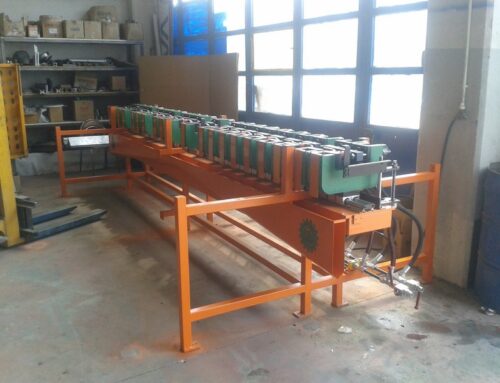
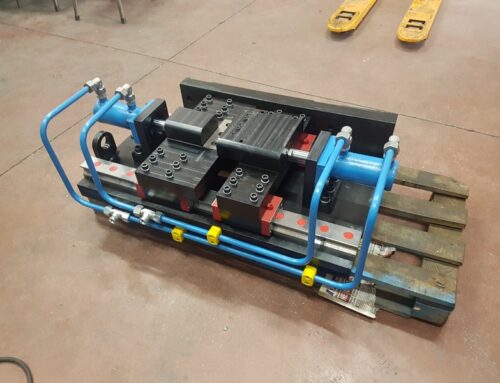
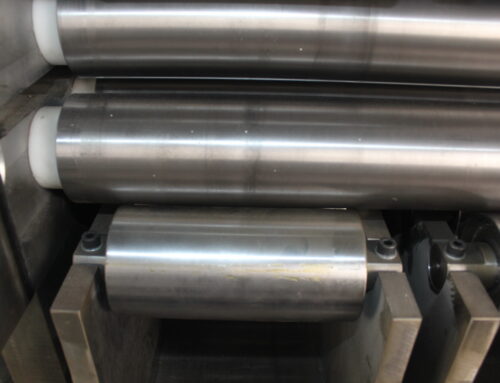
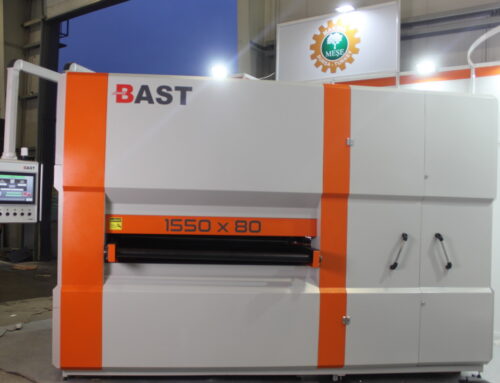

Leave A Comment